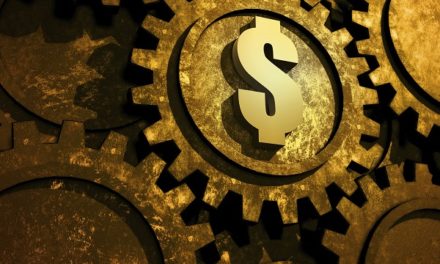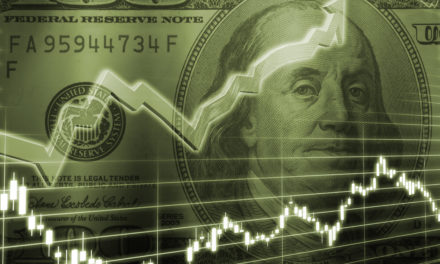
“I buy on the assumption that they could close the market the next day and not reopen it for five years.”
— Warren Buffett
Investors can learn a lot from Warren Buffett, whose above quote teaches the importance of thinking about investment time horizon, and asking ourselves before buying any given stock: can we envision holding onto it for years — even a five year holding period possibly?
Suppose a “buy-and-hold” investor was considering an investment into Kimberly-Clark Corp. (NYSE: KMB) back in 2017: back then, such an investor may have been pondering this very same question. Had they answered “yes” to a full five year investment time horizon and then actually held for these past 5 years, here’s how that investment would have turned out.
| Start date: | 01/06/2017 |
|
|||
| End date: | 01/05/2022 | ||||
| Start price/share: | $116.43 | ||||
| End price/share: | $144.06 | ||||
| Starting shares: | 85.89 | ||||
| Ending shares: | 101.04 | ||||
| Dividends reinvested/share: | $20.84 | ||||
| Total return: | 45.56% | ||||
| Average annual return: | 7.80% | ||||
| Starting investment: | $10,000.00 | ||||
| Ending investment: | $14,557.73 | ||||
The above analysis shows the five year investment result worked out well, with an annualized rate of return of 7.80%. This would have turned a $10K investment made 5 years ago into $14,557.73 today (as of 01/05/2022). On a total return basis, that’s a result of 45.56% (something to think about: how might KMB shares perform over the next 5 years?). [These numbers were computed with the Dividend Channel DRIP Returns Calculator.]
Notice that Kimberly-Clark Corp. paid investors a total of $20.84/share in dividends over the 5 holding period, marking a second component of the total return beyond share price change alone. Much like watering a tree, reinvesting dividends can help an investment to grow over time — for the above calculations we assume dividend reinvestment (and for this exercise the closing price on ex-date is used for the reinvestment of a given dividend).
Based upon the most recent annualized dividend rate of 4.56/share, we calculate that KMB has a current yield of approximately 3.17%. Another interesting datapoint we can examine is ‘yield on cost’ — in other words, we can express the current annualized dividend of 4.56 against the original $116.43/share purchase price. This works out to a yield on cost of 2.72%.
Here’s one more great investment quote before you go:
“Price is what you pay. Value is what you get.” — Warren Buffett




